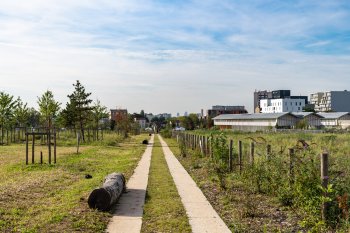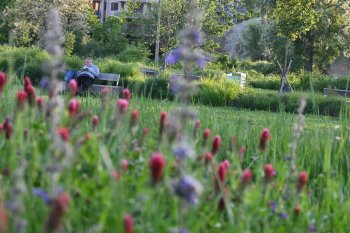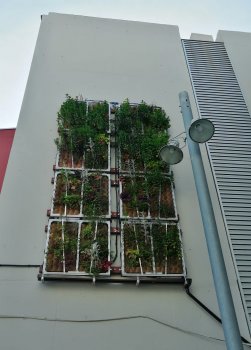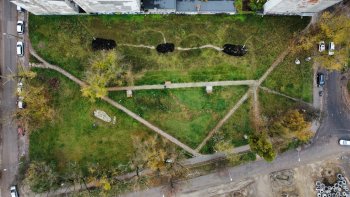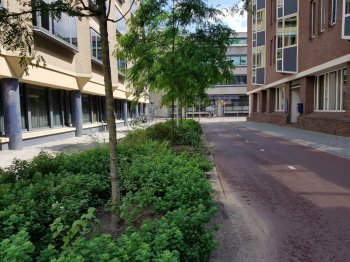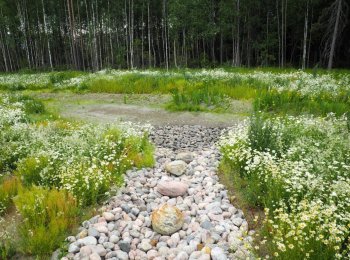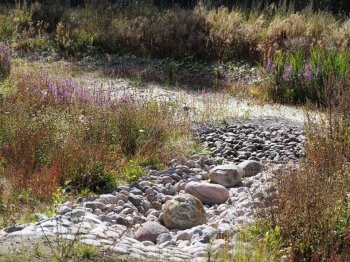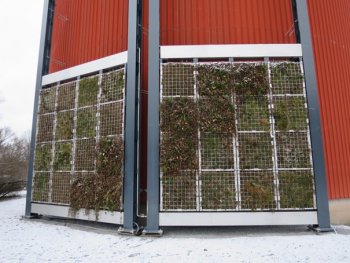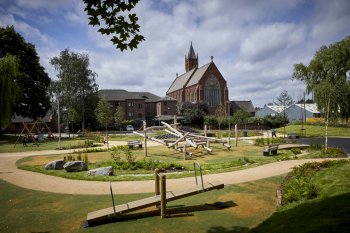A fővárosi zöldinfrastruktúra fejlesztését és fenntartását meghatározó Radó Dezső Terv kiemelt prioritása a klímaadaptáció erősítése és a biodiverzitás növelése, mindezt a Fővárosi Önkormányzat a lakossággal szoros partnerségben kívánja elérni. A biológiai sokféleséget, a klímaadaptációt és a környezeti nevelést egyaránt támogató, magyarországi mércével mindenképpen mérföldkőnek számító, de európai viszonylatban is innovatív megoldásai miatt magas szakmai elismerésben részesült Pünkösdfürdő Park tájépítészeti üzenete és célja az, hogy a hagyományos agrár tájhasználatot becsempéssze a...

